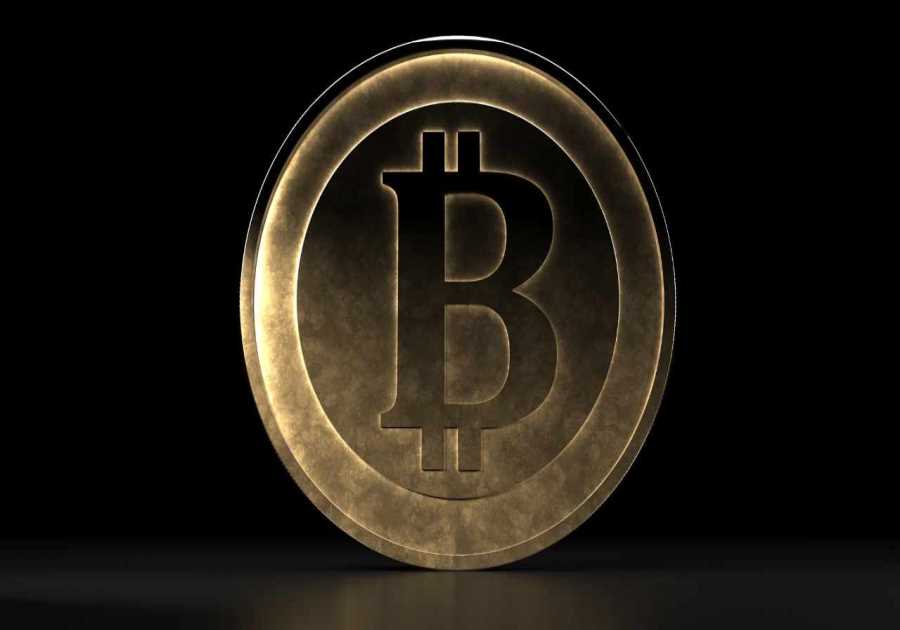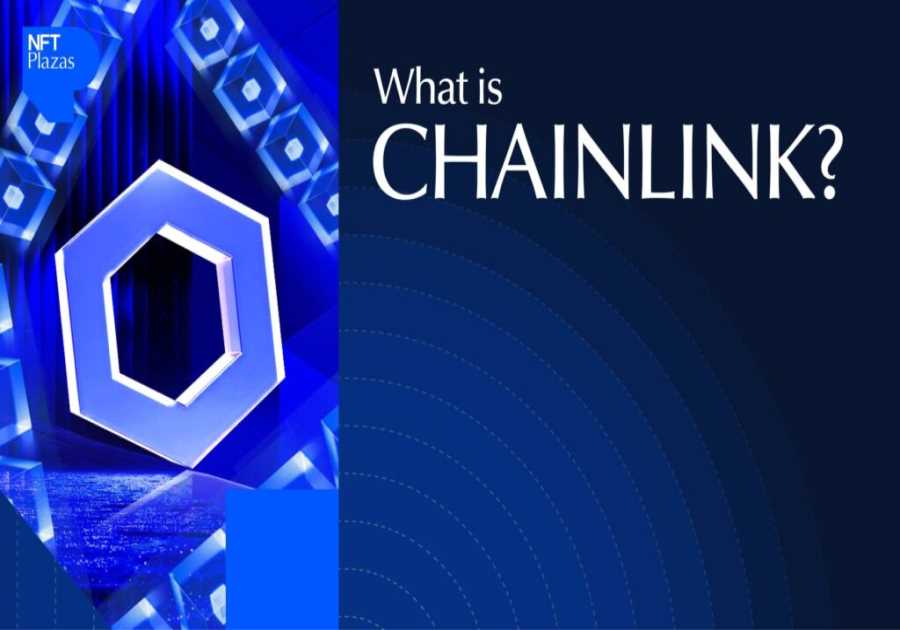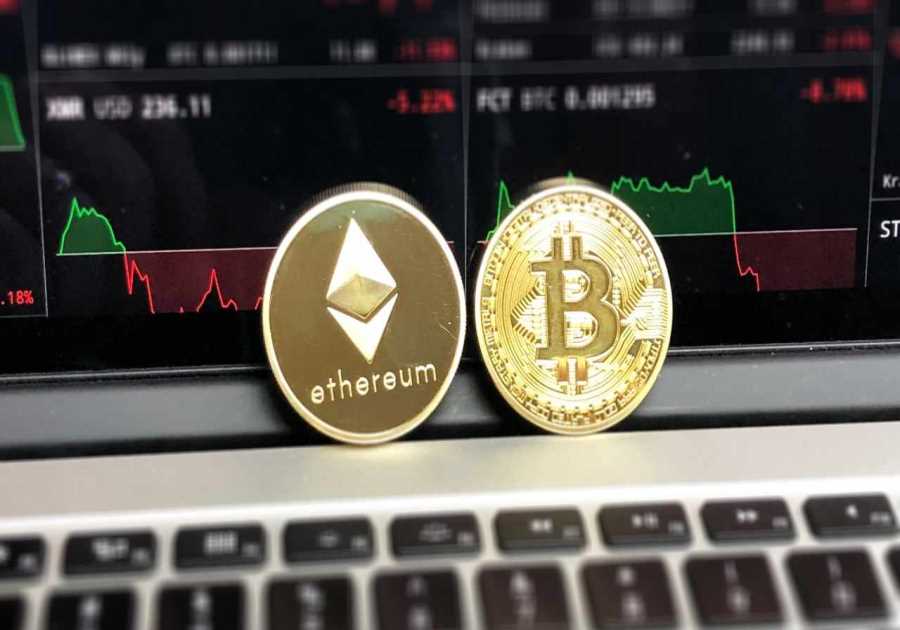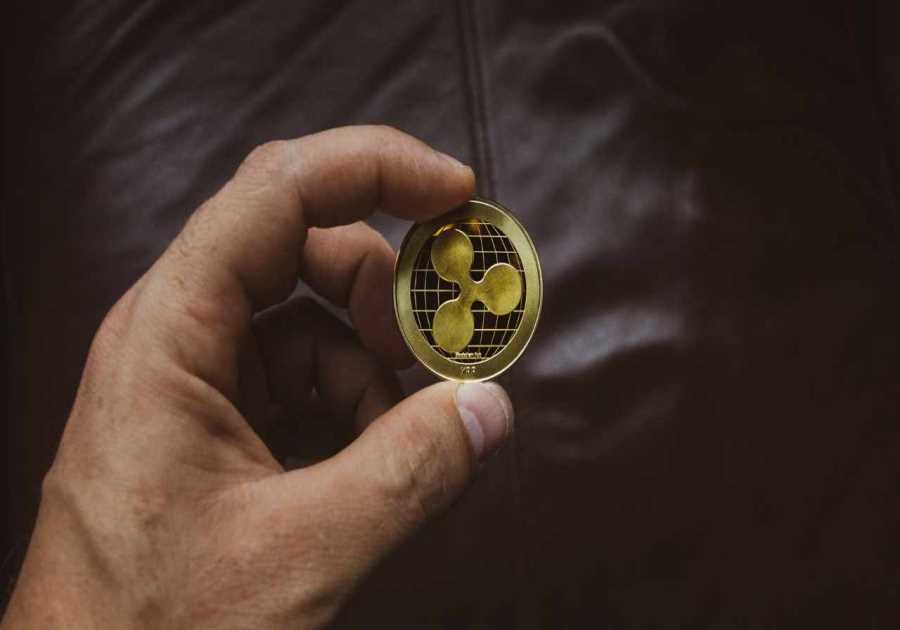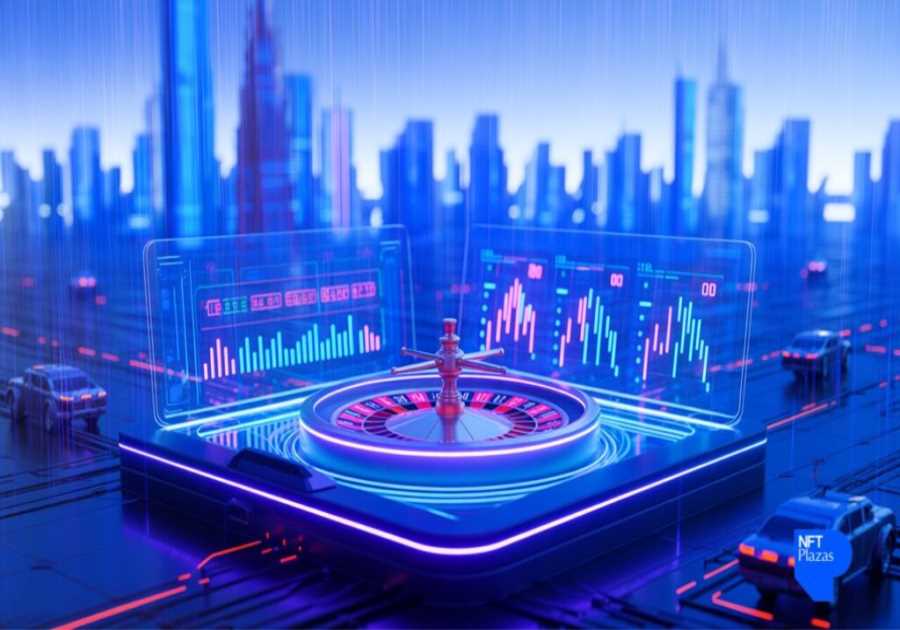NFTs are on the rise, with a 10.16% increase in sales in 2022. And now, AI NFTs are shaking up the space! With AI technology, anyone can create unique and quality artwork. Of course, this is sparking a debate about its impact on human creativity and authenticity.
Moreover, the introduction of AI technology is transforming the way we create. Prompts in the form of text or existing images generate artwork within minutes. But what does this mean for the future of NFTs, and how will AI technology influence the art and gaming scene?
In this guide, we’ll explore everything you need to know about AI and the impact it’s having on NFTs.
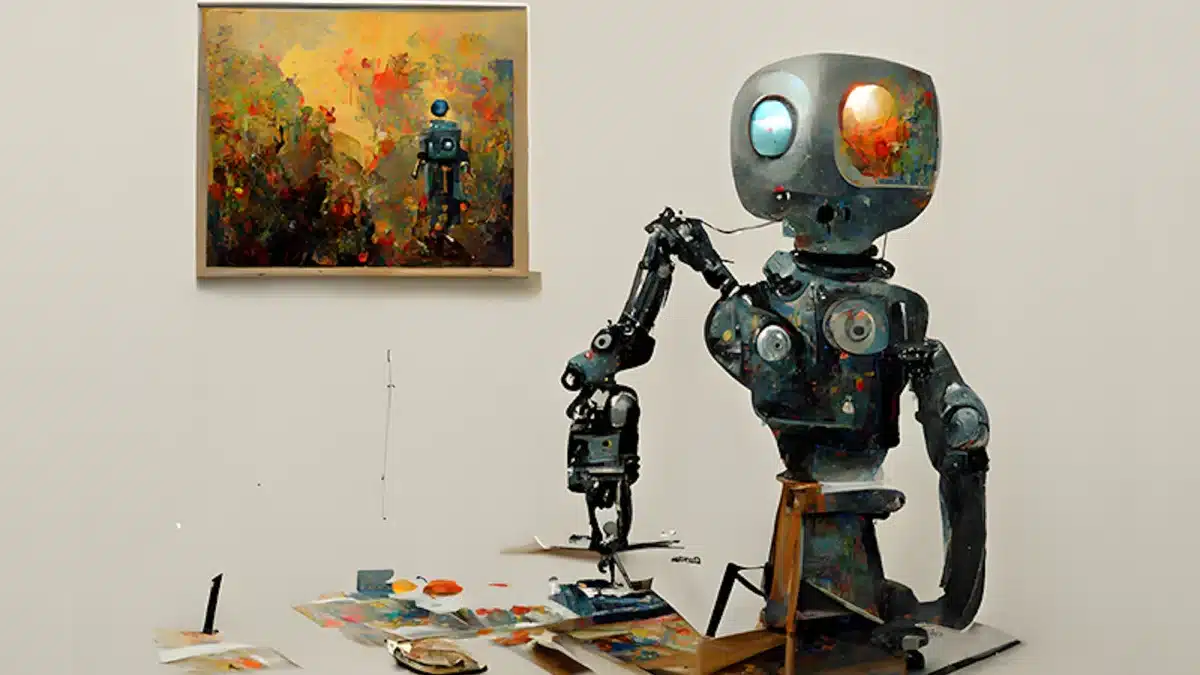
AI Meets Art: An Exciting New Era for Creativity.
What are AI NFTs?
So, what actually are AI NFTs? Essentially, artists are now using AI algorithms to create a unique type of art known as AI art. To do so, they train an Artificial Intelligence system, such as a deep neural network, to analyze and interpret data. This allows them to input images, writing prompts, or sounds to work together to create something entirely new. The resulting artwork is typically a collaborative effort between the artist and the AI system. Although, there are instances when the AI system creates the artwork independently. AI art takes on various forms, including sculptures, paintings, music, and films, making it an exciting and rapidly evolving field.
Furthermore, AI-generated NFTs are the next big thing. Using AI, anyone can create unique artworks and turn them into NFTs. Markedly, these can then be minted, sold, bought, and traded on the blockchain. However, the impact of AI art on the NFT market remains to be seen. Will it lead to over-saturation and a reduction in value? Or will it attract more investors? The use of AI also raises ethical and legal concerns. Who owns the rights to an AI-generated NFT? Is it the person who created the AI algorithm, the person who trained the AI, or the person who sold the NFT? We still need to create rules and laws that define how AI-generated NFTs should be treated in a legal context.
Collaborating with AI
Next, let’s explore the benefits of partnering with AI. Markedly, creating art and developing collections using AI has some major perks. Not only can AI be used to provide opportunities for non-artists to produce art, it is also a tool to assist artists in the creation of their NFTs. Human artists can generate unique designs and patterns by using the text-prompt method. These can then be used to enhance the quality of their work by manipulating images. Additionally, AI technology can be used as a co-creator and inspiration for artists throughout the creative process.
Some argue that using AI in art could make artworks and collections seem less authentic. But, when it comes to coding NFT collections, AI can be a very useful tool. Unlike humans, AI does not need to rest and can provide quality, accurate, and high attention to detail work. Additionally, without taking breaks or leaving room for human error. Using AI instead of relying on human labor can also reduce costs and support the creator’s business in other ways.
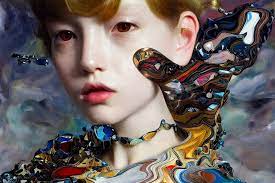
Image: Claire Silver
AI Art NFTs
But could artwork solely created by AI sell well? Well, yes. Let’s take a look at some examples of successful collections.
Firstly, the ‘Botto’ collection has been a huge success, with six pieces selling for $1.3 million. Markedly, the collection utilizes an AI algorithm to reimagine the styles of renowned artists like Van Gogh and Monet, while still keeping human creativity at the forefront of the creation process.
Secondly, the Paris-based art collective, Obvious, made headlines when they sold a portrait created with AI for $432,500 at a Christie’s auction. A machine-learning algorithm trained on a dataset of 15,000 works from the 14th to 20th centuries generated the portrait, titled “Portrait of Edmond de Belamy.”
Finally, let’s take a look at Claire Silver. Significantly, Silver is an AI art pioneer making history as her cutting-edge post-photography technique challenges traditional notions of art. Her work, which blurs the lines between the physical and digital, is even exhibited at the Louvre. Notably, she has also sold her work at Sotheby’s London and has exhibited worldwide.
Captivating audiences and collectors alike, this innovative approach to art creation proves that AI can enhance and augment human creativity.
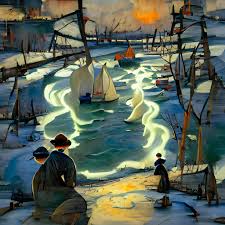
Image: Botto
AI Marketplaces
The current NFT marketplaces are similar to traditional online marketplaces. But, AI has the potential to revolutionize the buying and selling process. By improving efficiency and transparency, AI can verify the authenticity of NFTs, prevent bots, and track user behavior to prevent scams and fraudulent activity. With the development of AI-powered marketplaces, we could see further disruption of the traditional art market.
AI in Web3 Gaming
Web3 gaming is taking the world by storm, bringing decentralized technologies and gaming together. By using blockchain and peer-to-peer networking, games are offering new forms of ownership, engagement, and monetization. NFTs are revolutionizing in-game content by providing more customization and ownership to players. Players can exchange and trade assets in-game, leading to more strategic and rewarding gameplay. So, where does AI come in?
In essence, AI is streamlining the development process by automating repetitive or time-consuming tasks. It has the potential to unlock new levels of creativity and innovation for developers, from generating characters and assets to creating entire video games. Significantly, AI can create ever-evolving worlds that react to player actions, making virtual environments more realistic and immersive.
The Future of AI
It’s difficult to predict what will happen with AI NFTs in the future, but we’re certainly excited to see what happens. Ultimately, AI NFTs are an exciting development in the art and technology world. Artists can create unique and innovative artworks by using AI algorithms, which can turn into NFTs and sell on blockchain marketplaces.
AI also assists human artists, resulting in more efficient and cost-effective NFT collections. Furthermore, AI-powered marketplaces and AI in Web3 gaming have the potential to revolutionize the buying and selling process, as well as creating more immersive and personalized experiences.
Overall, it’s clear that AI NFTs are a rapidly evolving and exciting field, and it will be interesting to see how they continue to develop and impact the art and NFT markets in the future.
The post AI NFT: How AI is Impacting the NFT Scene appeared first on NFT Evening.
Read MoreBy: Emily Neale
Title: AI NFT: How AI is Impacting the NFT Scene
Sourced From: nftevening.com/ai-nft-how-ai-is-impacting-the-nft-scene/
Published Date: Mon, 17 Apr 2023 10:08:54 +0000
----------------------------
Did you miss our previous article...
https://trendingincrypto.com/nft-news/fashion-giants-gucci-and-vans-collaborate-on-roblox-scavenger-hunt
.png)
